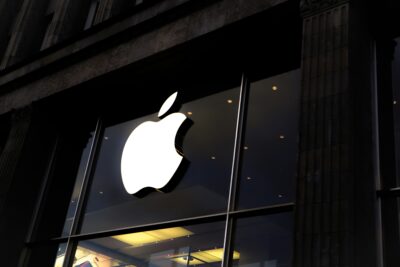
Case study: How the K-Ruoka team doubled their average rating
In late 2022, a Qvik designer Jesse Ukkonen was working on a Finnish grocery app, K-Ruoka. As a part of the team, he took the initiative to help improve the ratings accumulated by the app since it had been re-launched with major changes the year before.
The K-Ruoka team took a number of measures, which together resulted in a remarkable improvement in App Store ratings. Their rating jumped from 2.2 to 4.4 stars during a development period of three months. The ratings have stayed in the 4.4 star level ever since.
These were the improvements the team made:
- Address critical user feedback by resolving major UX issues
- Refresh App and Play store presence with new app images
- Design and implement rating prompts around happy moments
- Reset App Store reviews
Each of these steps was quite a small investment in terms of design and development work, but together they did wonders to the ratings!
“The biggest effort in hacking ratings is having a designer identify and visualize the most promising happy moments in using the service”, Ukkonen says.
A key observation related to this is that by proactively asking customers to rate the application we are more likely to get positive ratings and reviews as well. Customers tend to give feedback mostly when they are not satisfied, not when things work as they should.
A crucial insight we’ve gained is that actively encouraging customers to rate our application can lead to more positive ratings and reviews. Typically, customers are more inclined to provide feedback when they experience dissatisfaction, rather than when the application functions as expected.
“Doing the groundwork properly requires input from developers and the PO as well as taking a look at analytics data. After that, it’s a fairly straightforward task for the developers to make it possible for users to provide the reviews.”
The work took only a few days of Jesse’s time but proved to have a huge return in ratings.
Try Qvik’s ratings simulator to understand what would happen if you had 1,000 favorable reviews more
Considering the different hacking options available, it’s good to forecast how your ratings could develop as a result of rating activation. We have a tool for you to help predict what might happen.
The Qvik ratings hack simulator is a simple calculation tool to help set goals and assess your chances in hacking ratings. Starting with your current app ratings, it allows you to quickly see the outcome in overall score as well as rating distribution.
For instance, if you currently have an average rating of 2.0 with 500 ratings, how many 4- or 5-star ratings do you need to rise above the critical 4-star level? The answer is almost 1,000 five-star ratings. Whether this is a lot to ask depends on your overall pool of passive users.
Further reading:
- The best app store rating hacks in 2023
- Survey: The best-rated apps get the most downloads
- How many stars does your app have?
- Mobile App Ratings and Reviews: Where to Start and How to Win
For background research, big thanks to senior product designer Jesse Ukkonen and Phaneendra Adabala, Qvik’s front-end developer mastermind. Another big hand goes to developer Mehmet Sukan who created the Qvik App Ratings Simulator based on the author’s idea.
Illustration: Niina Nissinen



